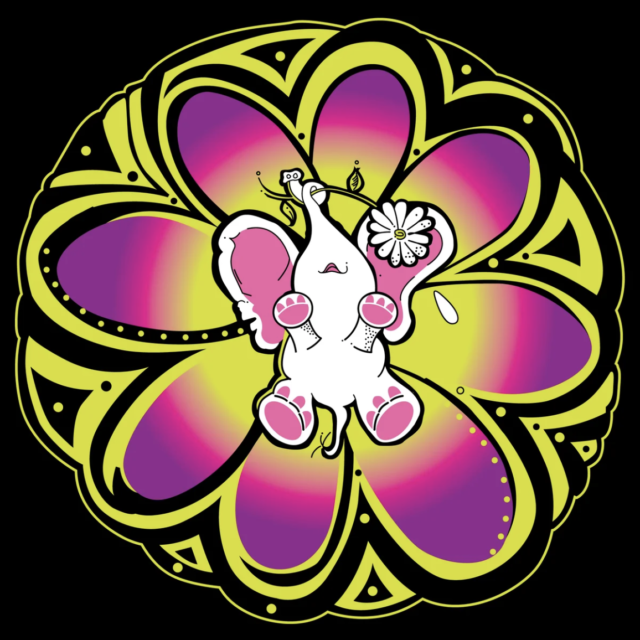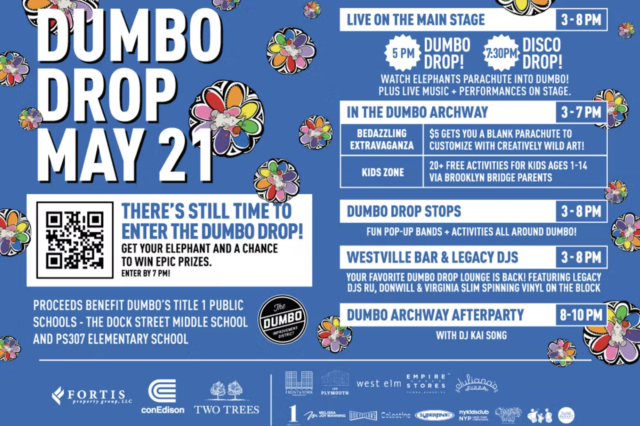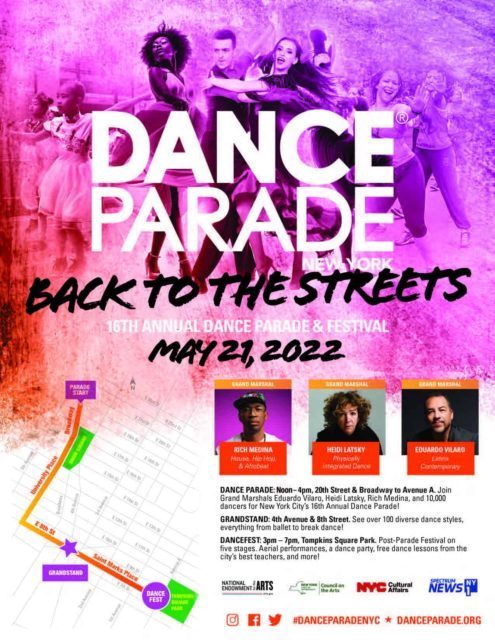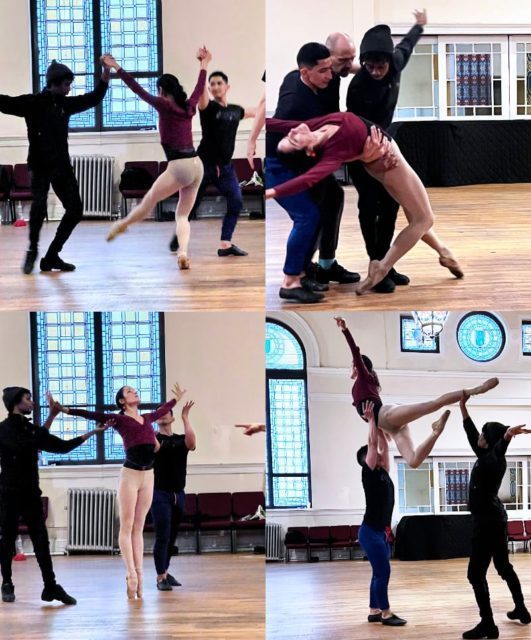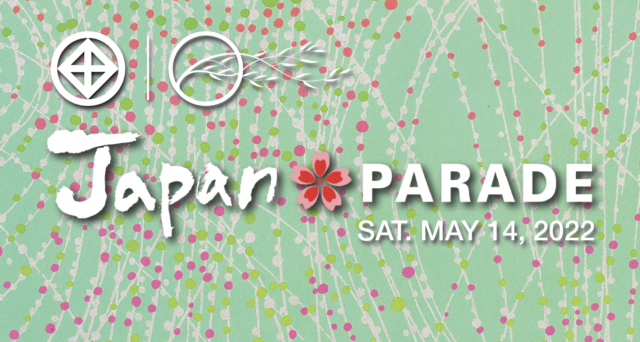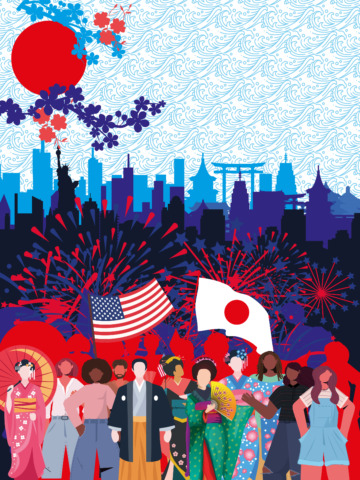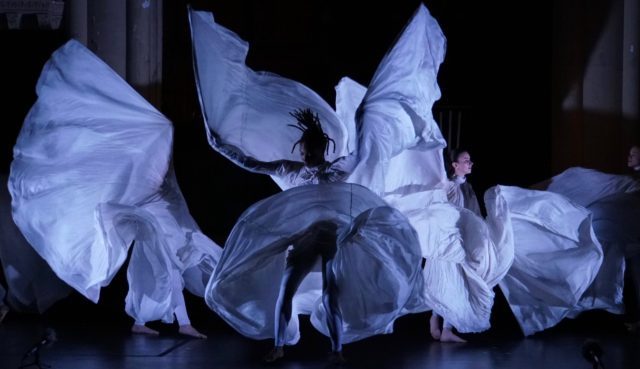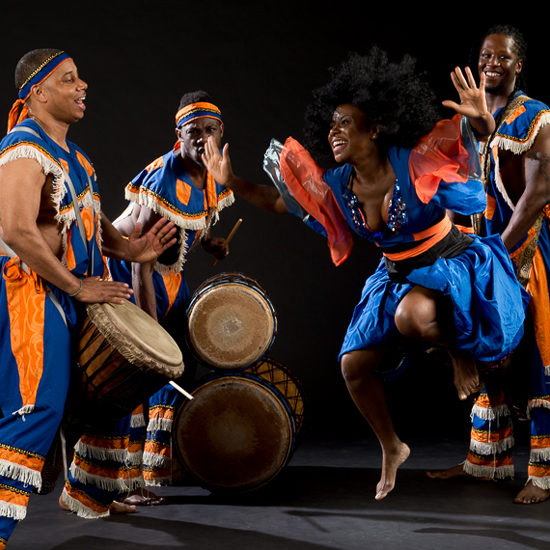
Asase Yaa African American Dance Theater will perform at BAM’s annual DanceAfrica festival
Who: Asase Yaa African American Dance Theater, Bambara Drum and Dance Ensemble, Farafina Kan, Harambe Dance Company, LaRocque Bey School of Dance, BAM/Restoration Dance Youth Ensemble, DanceAfrica Spirit Walkers, more
What: DanceAfrica Festival 2022
Where: BAM Howard Gilman Opera House, 30 Lafayette Ave.
When: May 21 – June 2, many events free, Gilman dances $12.50 – $85, film screenings $16
Why: The coming of summer means the arrival of one of the best festivals of every year, BAM’s DanceAfrica. The forty-fifth annual event features the theme “Homegrown,” with five companies making return visits to BAM’s Howard Gilman Opera House: Asase Yaa African American Dance Theater, Bambara Drum and Dance Ensemble, Farafina Kan, Harambe Dance Company, and LaRocque Bey School of Dance, along with the BAM/Restoration Dance Youth Ensemble and DanceAfrica Spirit Walkers, highlighting movement and music from Nigeria, Ghana, Guinea, Mali, and the Caribbean, accompanied by Arkestra Africa. Curated by artistic director Abdel R. Salaam, the festival also includes the Tribute to the Ancestors, Community Day, a Memorial Room, the DanceAfrica Bazaar with more than 150 vendors, dance workshops and master classes in Brooklyn Bridge Park and the Mark Morris Dance Center, the Water Your Roots Youth Dance Expo & Talent Show, the Council of Elders Roundtable “Legacy & Preservation,” Christopher Myers’s stained-glass work Be Lost Well (Stay in the House All Day), and a late night dance party with DJ YB.
FilmAfrica runs May 27 to June 2, consisting of more than two dozen films, from Moussa Touré’s 1997 TGV (followed by a Q&A with Touré and Amy Andrieux), Raymond Rajaonarivelo’s 1996 When the Stars Meet the Sea, and Amleset Muchie’s 2019 Min Alesh! to Mahamat-Saleh Haroun’s 2008 Sex, Okra, and Salted Butter, Balufu Bakupa-Kanyinda’s 2006 Juju Factory, and Dumisani Phakathi’s Don’t F*** with Me, I Have 51 Brothers and Sisters.
